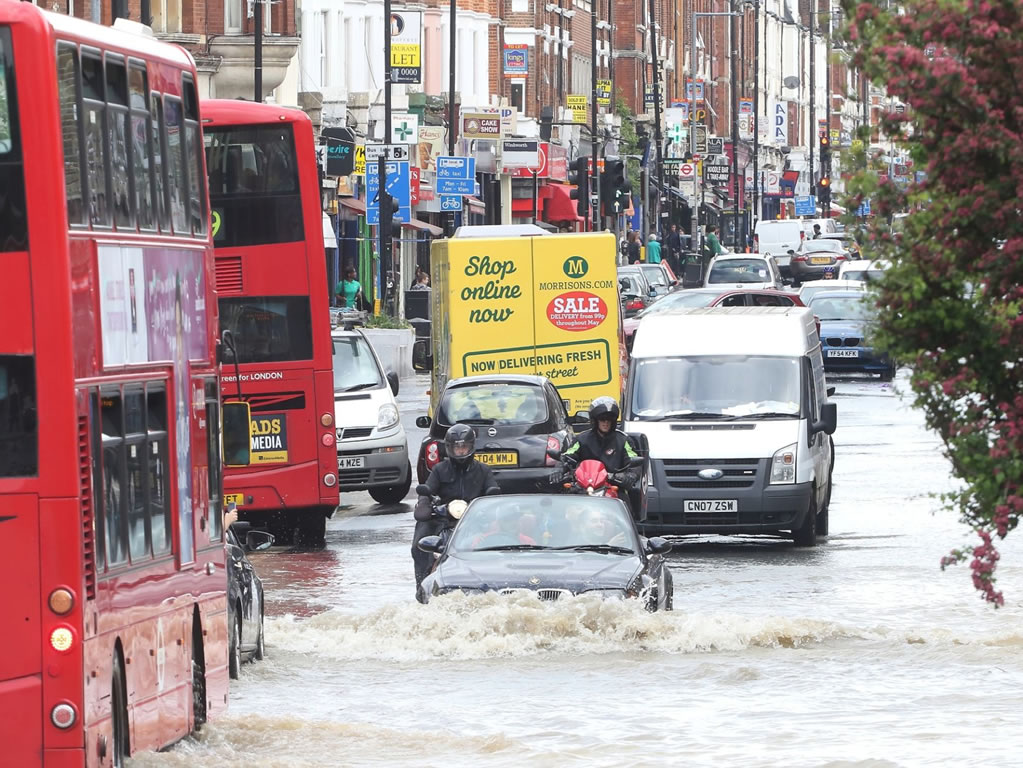
The best time to visit London is a difficult question to answer because there is always plenty to see and do all times of the year. If you want pleasant weather then the summer months June to September are your best bet, but the weather in the UK is never reliable so it's best to be prepared for all weather. The summer months will be warmer in general but some summers are still very wet wet wet!
January is the month to visit it you want to hit the shops as the sales will be in full swing and everyone will be going shopping crazy. With the rush of Christmas over there will be plenty of tickets available for the many theatres and concert halls.
February and March can be a bit dull with low cloud and rain weather wise, but the music and theatre scene will be quite good. There will be plenty of Chinese New Year celebrations in Soho which would be worth visiting. But remember that in February is the school half term holidays so there will be plenty of school kids about.
Come April all of the Spring festivals will be in full swing and of course the London marathon. There will be plenty of Easter activities and events to keep visitors amused. Recent years has seen some warm weather in April and May but again this is not to be expected.
June and July is summer and can be warm but we Brits are often disappointed with the weather London. A rain coat on standby is advised. There will be plenty of festivals for music and theatre and plenty of exhibitions. Art is big in London and there are always exhibitions on at the museums. Damien Hirst is one artist which has an exhibition at the Tate this summer (2012).
At the end of July and the first couple weeks of August sees London host the Olympic Games. The biggest sporting event on the planet hits London so expect a lot more people than normal! The world's best athletes and sportsmen and women will be competing for medals at the Olympic Park.
Autumn months September and October has seen good weather in the last few years. It generally warm and dry and us Brits will be willing on an Indian summer. Plenty going on in these months with a good chance of good weather so i would say this is the best time to visit London.
November and December could be chilly. Lots of fireworks displays and events will be going on though so there is plenty to see and do. The shops will be preparing for the Christmas rush. Normally by the end of November all the shops are covered with Christmas decorations and are targeting the Christmas shopper. This is the time that most business do their best trade and are most busy. If you don't mind wrapping up, December with the pretty Christmas lights and festive buzz is a great time to visit London.
Looking at the cost of hotels throughout the year, there is a definite high and low season. Around March and April the rates will be going up. At the end of September rates will start to go down again, but be aware that the rates will go up around Christmas. So the cheapest time to visit London is in the months of January, February, September, October November.
So taking all of the above into consideration I would say September or June are the best months to visit London. The combination of the cost and climate make it a great time to visit London. But then if you don't mind the cold and want to save even more money try January.
To check weather London when you need please visit http://weatherlondon.city/



